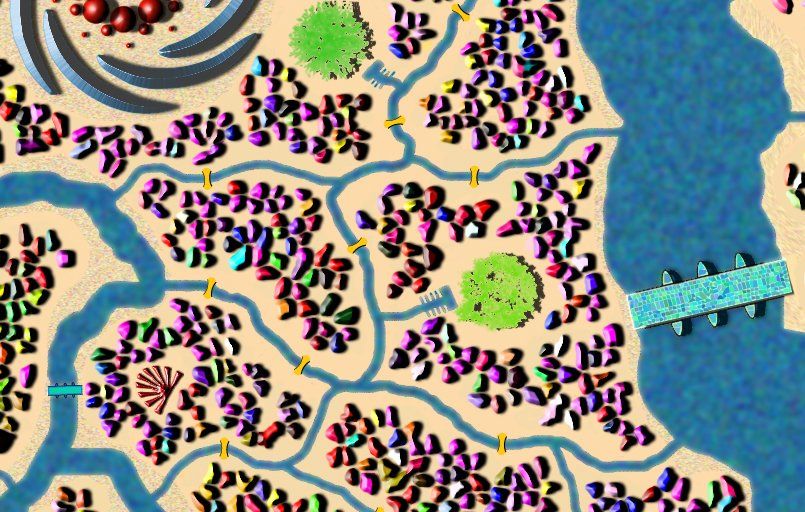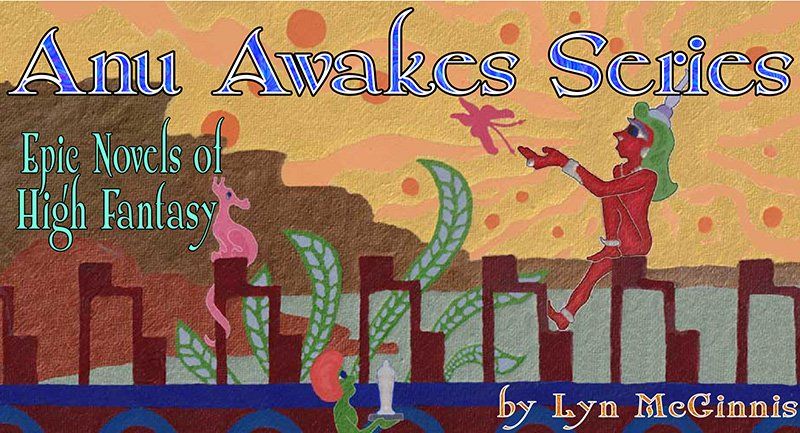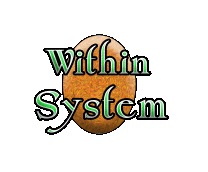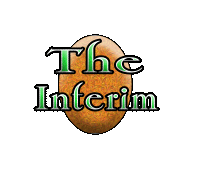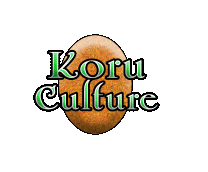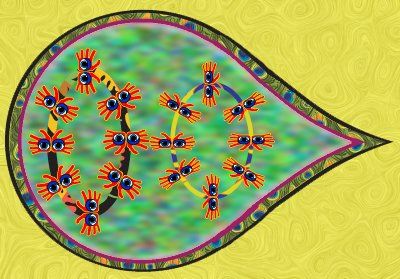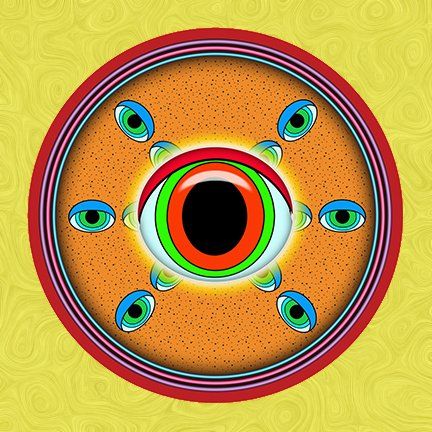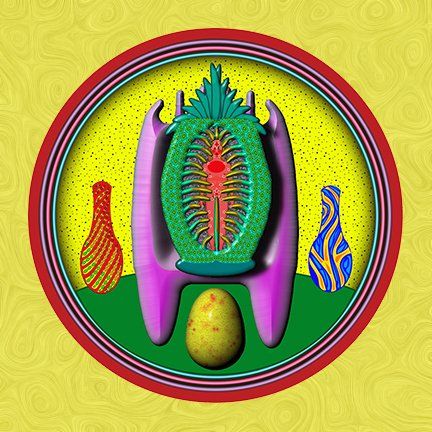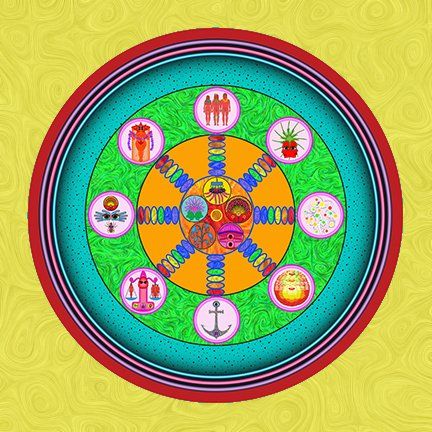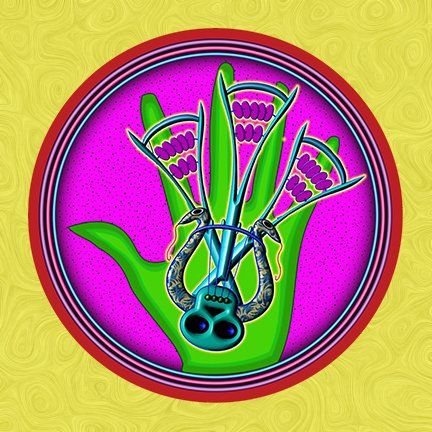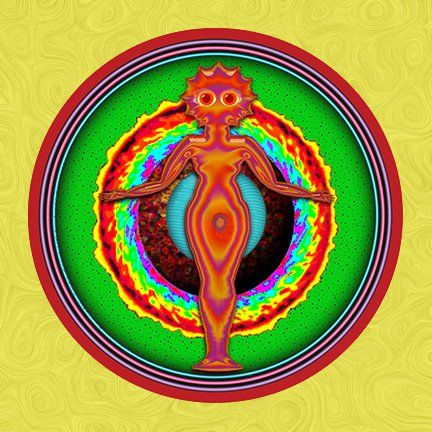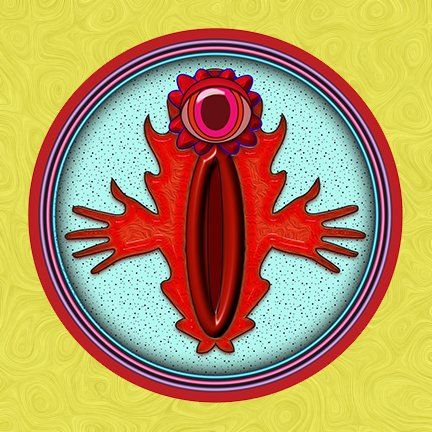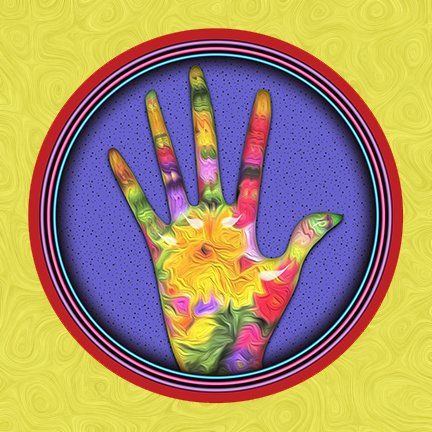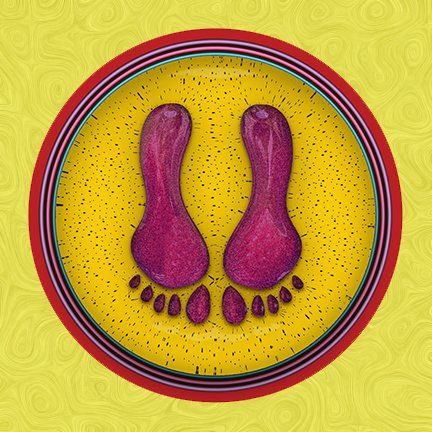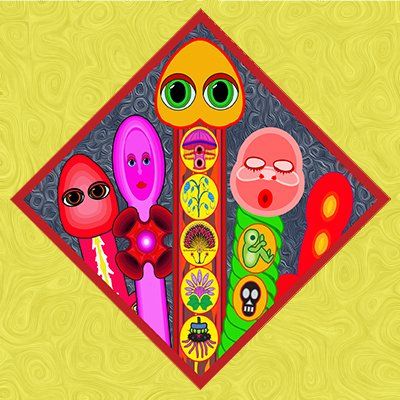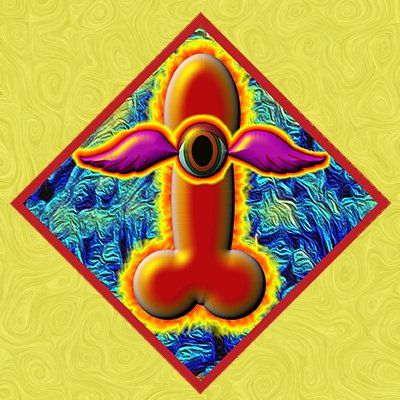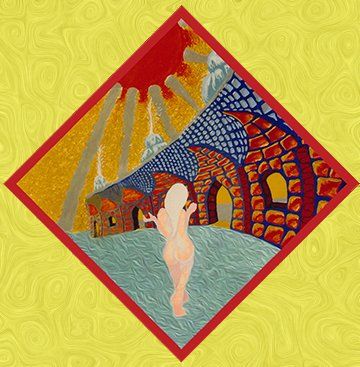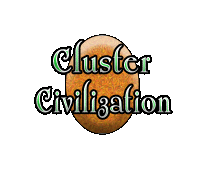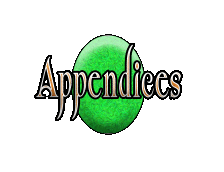
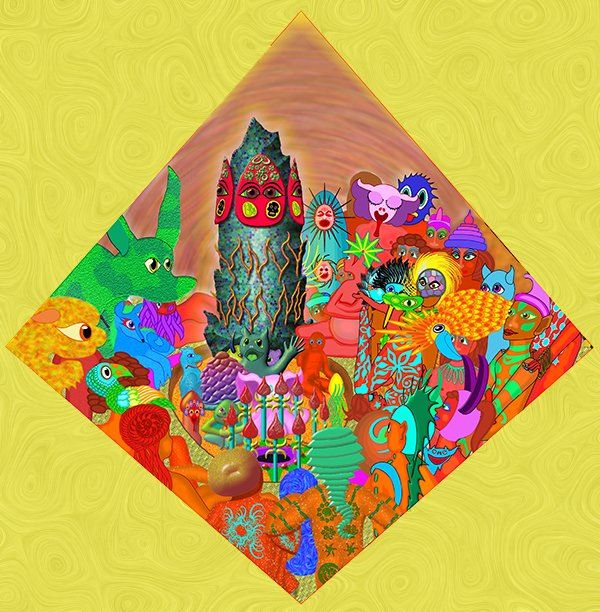
Cluster Uses
Dynamic Harmony of Uses, Bestowing of Uses
Cluster-to-Cluster Relations
Interdependence between clusters, Reciprocity, Giftings, Gifting Transfer of Ripe Adult Cohort, Ultimate Gifting
Rank and Grade
Circle Ranking, Cluster Grade, Plaques' Most-Ancient Design, Circle Expanding/Retreating/Folding,
Eight Living Jewels
Genius, Genius of Unplumbed Depths, Peerless Living Instruments, Preeminent Spokes, Deep Craft, Superior Operants, Pleasure Monitors, Petal Strokers, Tremor Readers
Cluster Greetings and Chants
Greeting, Yom Sha, Journey Chant, Bowvow Tree or Hungry Rock Chants and Responses, Double Drink chant
Cluster Community Tools
House Masks, Memory Mask, Ceremonial Masks, Cluster Life Pillar, Fertility Sanctuary, Primordial Life Pillar, The Majastas Eye, Singing Bowls, Yeldic Cluster Dances, Yeldic Circle Dance, Spinning Wheel Dance (Danam Yelda), Spinning Wheel Vision, Circle Dance Anthem, Liturgist Circles, Circle-of-Circle/Cluster-of-Clusters Dance, Fertility Dance
Ablution Academy
Communal Cultural Palace, Rural Refuge, Gymnastics Gaming Dancing, Theatre, Erudite Ceremonial Theatres, Ministry representatives professional services legal rulings, Benevolence Bowers, Anchor for markets, Refinement Emporium, Seat of research, Artisans Boroughs, Urban and Rural Academies and responsible Ministries, Ketukku Enclaves in remote settings, A Portion of Cluster Takes Ablutions each day
Cluster Life Ceremonies
Truth Taking, Life Cake, Ring of Men, Circle Cloak, Comfort Knot
Cluster Death Ceremonies
Final Touch, Death of Double, Corpse Oil, Bowvow Tree and Hungry Rock offerings
Circle of Eight Walks
Within Cluster: Spinning Wheel Walk, Outside Cluster: Wedge Walk, Linked Line
Encirclements
Group of Clusters, Seats of Collective Districts, Tertiary Unit
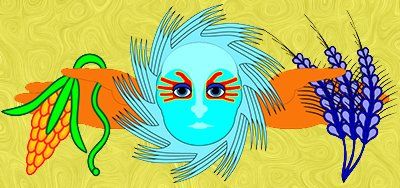
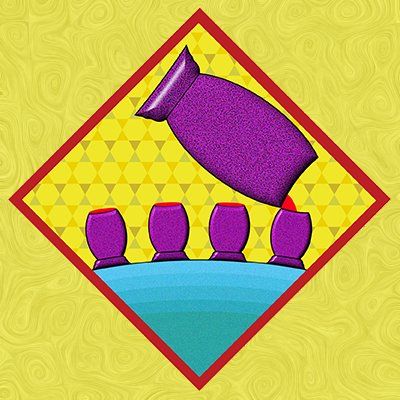
Giftings
If the Betweens and Completes create a vital culture among ‘The Beautiful Accomplishments,’ the Maja fashion a transforming culture around possessions. Growing out of Maja Gatherings, the Maja began the process early in the Primary Epoch to free their clusters of one of the last vestiges of the old, destructive ways—the tendency to hoard possessions. They did so by initiating the custom of ‘Gifting .’
While liberating their cluster, Giftings also help deepen relations between clusters near and far at all levels. The most intensive form of this may involve selected circles, known for their proficiency in each cluster, enacting a portion of The Nine Petals for the amusement and delight of the surrounding two clusters. Such ecstatic rites are accompanied by music and may also include Circle Dances.
Long after rectifying the initial need, the custom continued unchanged throughout the Primary and Secondary Epochs. These gatherings, which may include Dances of Fertility and Nurturing Ceremonies, serve many other purposes. Often fuelled by Vision Windows and Vendupash, they may address a shared tragedy, jubilation, or the transferring of new Ripe Adults, as seen below. Fresh Adults from each cluster attend to the ‘Conception Count’ of any Doubles in other attending clusters. The ultimate goal is achieving an ‘Each Belongs to All Bonding’ to strengthen the deep values of ‘Impartial Love and Caring’ within and between clusters.
Along with this internal decision by a cluster's
Leadership Ring, the Gifting can also be determined at
Maja Gatherings by looking at the history of the clusters within a given
Encirclement or larger province. The size of the Gifting is carefully selected and balanced against how many will come to ensure universal abundance. Due to the size of the gathering, Giftings usually take place outside, either near the hosting cluster’s compound or a larger public venue such as a suitable
Mantle Establishment. The
Spokes of the Cluster Wheel all have specific jobs during these events, which include feasting, performances, dances and many songs. The
Maja of the host cluster oversees the actual Gifting, which involves presenting items and services to members of the guest clusters. Spokes generally bestow gifts to other Spokes and renew ties each has with others doing their work. The cluster
Elders use this time to determine the quality of latent
pre-adults conceived during the festivities due to the aromas of so many Maja and Cluster Spokes. This ceremony strengthens bonds between all aspects of cluster life where disputes are settled.
At the end of the event, the cluster gave away most of its possessions and retained what was essential to its life. Traditionally, this leads to one of the guest clusters having a Gifting at some point, inviting this cluster and others. The original Gifting cluster then receives some of their gifts along with others. An added tradition involves the new host adding or improving some of the items given back and creating new conferments for them, so the original giving cluster is enhanced because they gave initially.
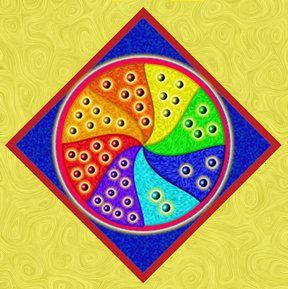
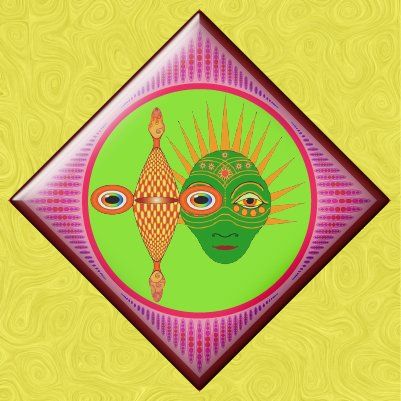

Journey Chant
The following is known as a journey chant, which has many extended variations. What is presented here is as close to a universal version, including material familiar to most clusters.
“Step! Step! Step! Step!
Arms swinging, heads turning, bodies rising, bodies falling.
We are many! We are one! We are many! We are one!
We wait. We wait. We wait. We wait.
We dance and love and care together.
“Step! Step! Step! Step!
Arms swinging, heads turning, bodies rising, bodies falling.
We honour Anu with our feet. We honour Anu with our feet.
Rooted deep! Swaying high! Rooted deep! Swaying high!
We dance and love and care together.
“Step! Step! Step! Step!
Arms swinging, heads turning, bodies rising, bodies falling.
We are proud and we are true. We are proud and we are true.
Life with life! Skin with skin! Life with life! Skin with skin!
We dance and love and care together.
“Step! Step! Step! Step!
Arms swinging, heads turning, bodies rising, bodies falling.
Sway and circle hearts are full. Sway and circle hearts are full.
We are embodied. We are whole! We are embodied. We are whole!
We dance and love and care together.
“Step! Step! Step! Step!
Arms swinging, heads turning, bodies rising, bodies falling.
We follow love we follow life. We follow love we follow life.
Sharing loving giving caring! Sharing loving giving caring!
We dance and love and care together.
“Step! Step! Step! Step!
Arms swinging, heads turning, bodies rising, bodies falling.
We are breathing. We are full! We are breathing. We are full!”
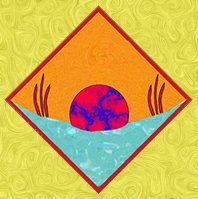
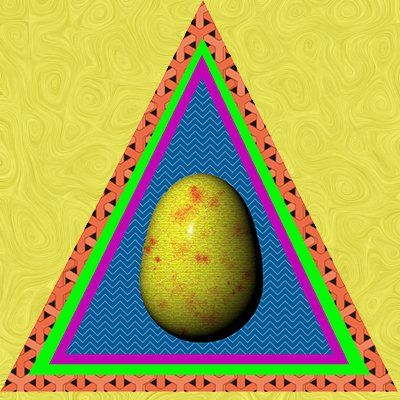
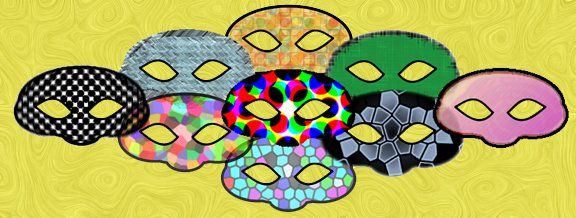
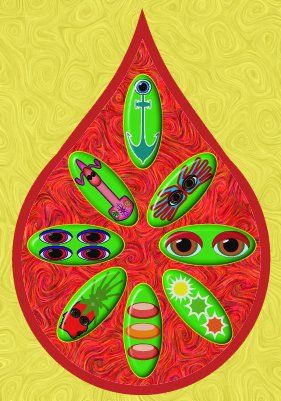
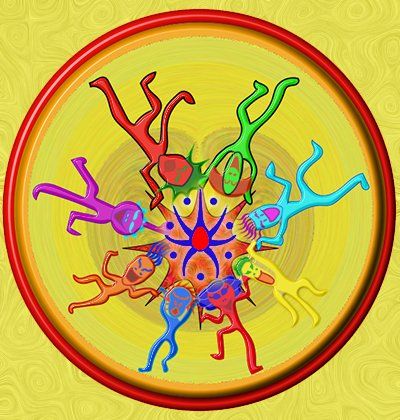
Erudite Ceremonial Theatres
These theatres are the specific concern of the Erudite Bureau of the Enumerator Ministry. They are found in certain Ablution Academies inside and outside the provincial centres. They may also be attached to Artisan Boroughs; some are located within Seats of Collective Districts. Wherever they may be found, they are a separate Mantle Establishment to all other theatrical enclosures.
The Erudite Bureau patronizes specific theatre troupes and commissions original work, supporting the performance of well- and lesser-known Classics from the Secondary and Primary Epochs. The Everlasting Ennui is one of the most ancient materials in their canon. Along with ‘Edification and Improvement of Depth,’ these often lavish productions serve several of the bureau’s ongoing aims in rooting all clusters in the rich intricacies of profound culture.
While this Primary Epoch Icon is most often associated with Erudite Ceremonial Theatres, it may also be employed in the designation of any theatrical institution that has exceeded its original mandate in the presentation of excellence. The musical instruments tell of the theatre’s central role in culture. The eyes are intended to denote its potency and might.
Below is the earliest known image of an Ablution Academy from the first decades of the Greater Era of the Primary Epoch. It represents a fragment of a more extensive work now lost and only survived due to chance in its burial. All authorities agree this is intended to depict the first generation of Ablution Academies, but much else about the image remains a mystery.
Refinement Emporium
This
designated area is traditionally on the western edge of these markets and is dedicated to bringing finished and specialty goods from urban manufactories to the countryside. The
Cycles Ministry always ensures a supply of standard tools and conveniences and a selection of unusual or seldom-seen novelties. Unlike the rest of the market, it is possible for clusters to view written and illustrated directories for a wide variety of ‘mercantile improvements’ and put in an appeal based on promissory notes for a timely delivery.
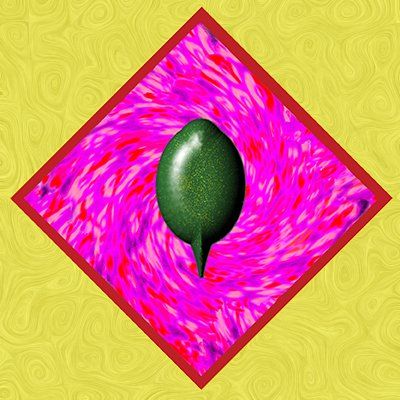
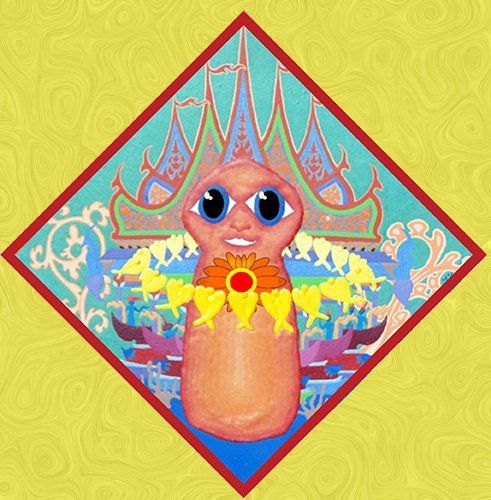
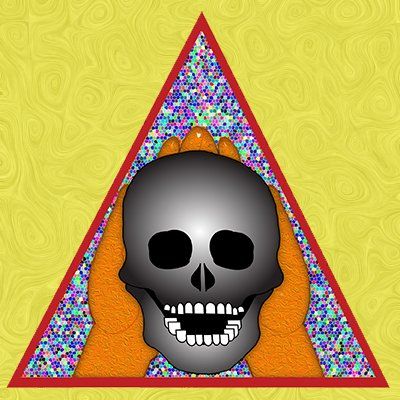
Final Touch
This is a set of rituals performed when a cluster mate dies, moving from ‘the distinct to universal,’ meaning all that was unique is gone, and all left is common. This is the crowning portion of the Conclusion and Commencement Rites for each Ripe Adult. These commemorations vary widely according to the region and have changed over time. Traditionally, the body is washed, and all cluster members approach to kiss and stroke the body in farewell. A dance may be performed in front of or around the dead, during which the body may be raised, carried, or held.
The consumption of quantities of fermented sap and Vision Windows may continue. Depending on their health before death, an incision may be made, and certain portions of muscle and organs removed. They are cooked as part of the Repast of Remembrance during these events.
